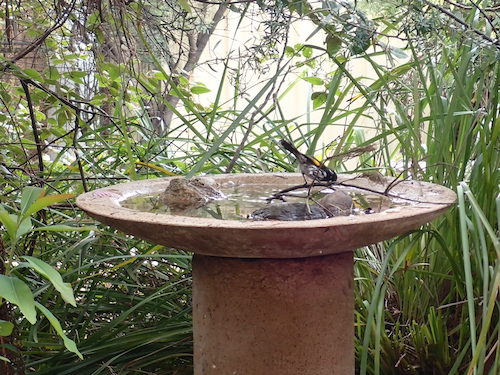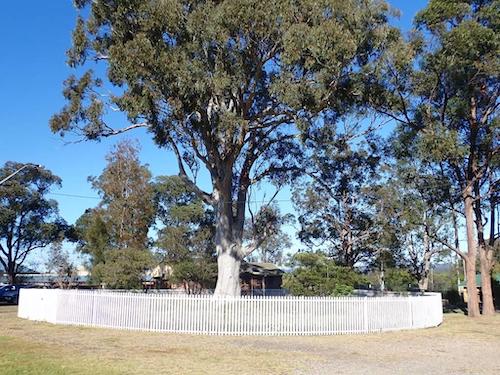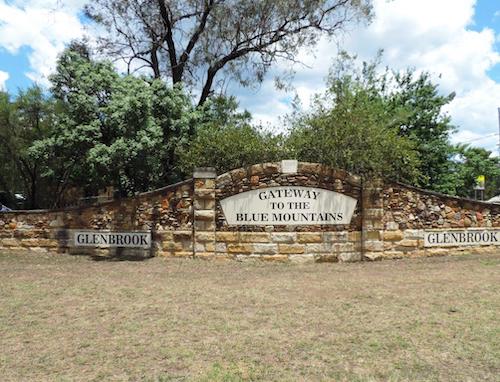The Days of Martini’s Buckjumping Show
© Chris Woodland
[back to contents]
Acknowledgements
While seeking details regarding Breheney I have had the generous assistance of author Pat Studdy-Clift of Lismore in New South Wales; Jim McJannett of Cape York, researcher of Dargan’s Grey (the famed buckjumper); Breaker Morant aficionado Ted Robl from Victoria, and from helpful Di Moore of West Wyalong, the granddaughter of the ‘lady bushranger’, Jessie Hickman, who joined a circus while still a child and later joined and toured with Martini’s Buckjumpers.
My good friend and Irish-Australian historian Fr Brian Maher was, as usual, also of great assistance, as was author and historian Peter Smith, long-time friend and associate, and presently President of the Braidwood & District Historical Society.
Also, Tony Harmston, a descendant of the Harmston’s Circus family. Tony’s collection assisted my research with details of his family’s circus movements. Thanks also to Peter Bridge of Hesperian Press for his assistance with two photographs.
Martin Breheney’s story would have only consisted of several pages had not the National Library’s wonderful Trove been available.
About the author
 Chris Woodland has had a life-long interest in Australian folklore. While his hair was still brown he worked on outback cattle and sheep stations and maintains those earlier associations.
Chris Woodland has had a life-long interest in Australian folklore. While his hair was still brown he worked on outback cattle and sheep stations and maintains those earlier associations.
For many years he has made field recordings (housed in the National Library of Australia) of many bush personalities, including (Aboriginal and white) drovers, shearers, isolated women, poets, songwriters singers, veteran soldiers etc. Over the years Chris has been an active member of the Sydney Bush Music Club and Monaro Folk Music Society. He has been a presenter over many years on community radio 2XX in Canberra.
He retired to a few acres near Termeil on the South Coast of NSW in 2002 and then a few kilometres away to Bawley Point in 2015. For several years he ran a course called Wallaby Stew at the Milton-Ulladulla University of the Third Age.
Chris produced a book of historic photos with text on the old gold town of Araluen for the Braidwood & District Historical Society, which has sold well. It was published in 2015, followed by another book published in the same year titled Billy the Blackfella from Bourke, relating the fascinating life of his deceased mate.
Chris now spends most of his time with grandchildren and singing and playing with friends. His group is called AusSongs.





